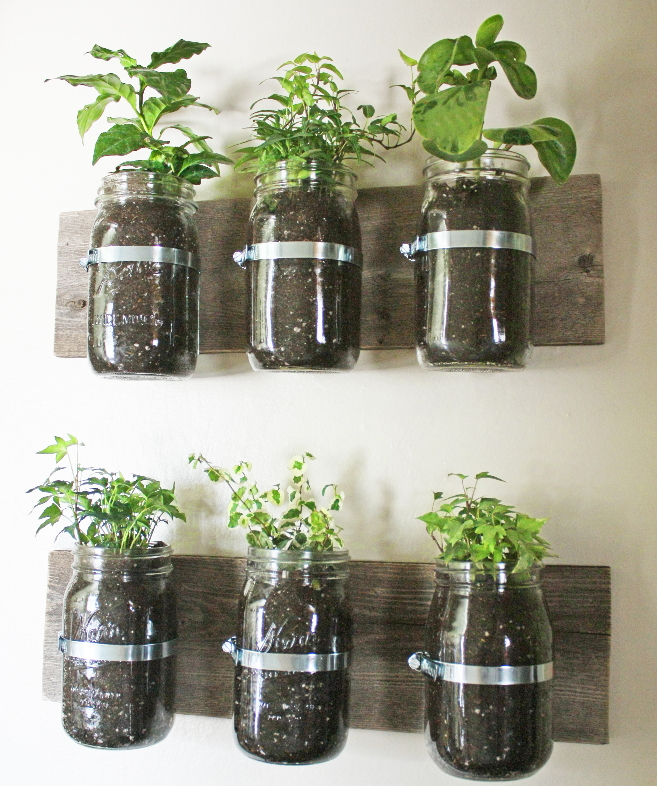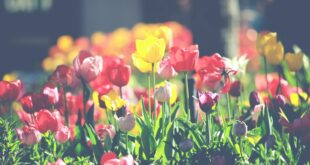With winter on its way, it’s becoming less and less enticing to nurture your green thumb. But just because the cold, rain and mist have rolled in, it doesn’t mean you can’t still enjoy a fruitful winter herb garden. Not only are indoor herbs lusciously green and wonderfully fragrant, but they also bring serious zest factor to winter soups, stews, pastas and other winter warmers.
From basil and chives to parsley and coriander, read on for a bouquet of top tips on how to get your kitchen garden flourishing this winter.
 But first, here’s a quick rundown of what you should be growing inside:
But first, here’s a quick rundown of what you should be growing inside:
- Perfect with Italian meals, basil is easy to grow indoors. Just make sure it’s potted in well-drained, nutrient rich soil.
- Delicious sprinkled on top of scrambled eggs, chives bring a touch of flavour to an otherwise lackluster meal.
- Parsley may seem delicate, but if given the right amount of light it can thrive as an indoor winter plant.
- Is there anything better than gnocchi with a burnt butter and sage sauce on an icy cold winter’s day?
- Thyme is tough, and it’s surprisingly easy to keep alive during the winter months.
- Almost classed as a weed, mint is quite forgiving when it comes to low light. Did someone say winter mojitos?
- Rosemary smells divine, but as a Mediterranean plant it needs a little time to adjust to lower indoor light levels.
- With its long glossy leaves, ginger root is a beautiful addition to an indoor herb garden.
Top tips for an indoor herb garden
- Winter’s not a great time to grow herbs from seeds alone, so if possible start from seedlings for the best results. Established herb plants can thrive quite happily in a sunny window, whereas seeds need much more attention.
- Most herbs are happiest with six to eight hours of sunlight a day. Remember, light is like food for plants so make sure yours get their daily dose of vitamin D.
- Prioritise sunlight for Mediterranean plants like basil, oregano, rosemary and sage.
- If light is a challenge, try positioning full-spectrum fluorescent bulbs overhead. They’re not quite as effective as sunlight, but they help.
- Make sure pots are sufficiently large, as herbs need room to grow. As a rule of thumb most seedlings will probably need to be re-potted into containers two to three times bigger. The more space, the better!
- For most herbs, around 21 degrees is an ideal indoor temperature.
- Herbs love a little humidity, so if your space is feeling parched place a bowl of water beside the pots.
- It’s tempting, but overwatering indoor herb plants can stunt growth and lead to rot. Generally, try to water only when the soil just below the surface is dry.
- The same goes for overfertilising. Too much and your herbs will start to lose their taste and scent. Instead, give them basic TLC and let Mother Nature take care of the rest.
- If you’re short on sunlight try periodically rotating plants to ensure all sides get their fair share.
- If re-potting your herbs opt for a 50/50 combination of potting soil mix and compost.
- Just like ladies, plants love a good haircut. Don’t be shy, as horticulturists recommend periodically cutting back herbs by a third to half.
Got any tried and tested winter herb garden tips you’d like to share with our readers? We’d love to hear them!










Join the Discussion
Type out your comment here:
You must be logged in to post a comment.